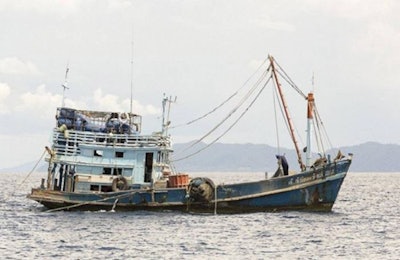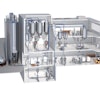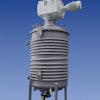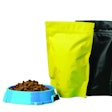
As consumers, including pet owners, expect to see tangible proof of sustainability and ethical practices in the products and brands they shop for, pet food producers should consider focusing strategies and resources on their supply chain, which includes social issues and animal welfare.
That’s according to the Pet Sustainability Coalition (PSC), which presented a webinar in late 2019 addressing new research on pet food proteins. Nick Sterling, a supply chain consultant to PSC who serves on the research team, said that while studies are ongoing in the environmental and nutritional aspects of sustainability, pet food companies should pay close attention now to those supply chain areas.
The social area involves labor practices, such as the use of forced labor or mistreatment of workers, particularly in Asia, which have generated negative press and even lawsuits for pet food manufacturers. Sterling commented that while abuses in fisheries have received the most attention, the same problems are occurring in many other areas of production, including meat processing.
According to documented reports received by the U.S. Department of Agriculture, more than 57 common pet food ingredients are sourced from supply chains using child labor, while more than 16 have sources using modern forms of slavery. This isn’t just a matter of social values or risking consumer and media outrage; U.S. legislation is now in place for companies to take action in this area, Sterling said. “You can’t outsource risk,” he added, sharing due diligence items such as ensuring a traceable and transparent supply chain, providing contractually established supplier expectations, and monitoring, evaluating and correcting practices in your supply chain.
Consumers today also care a lot about how all animals in the supply chain are treated. Sterling presented standards, or freedoms, of animal welfare that he characterized as just the minimum level, while acknowledging they are often difficult for companies to put in place.
Still, it’s no longer an option not to do so, he said. Individual U.S. states are mandating certain livestock production practices, led by California, not surprisingly. One law went into effect in the state in January, placing requirements not only on the original producer but also on manufacturers making products using those animals. Investors are increasingly requiring that companies pay attention to this, too.



















